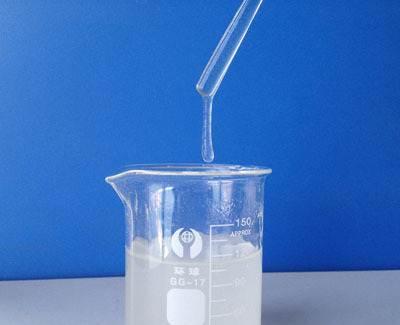Post Date:3,Jul,2023
Hydroxypropyl methyl cellulose (hpmc) is generally used in putty powder with a viscosity of 100000, while mortar has relatively high requirements for viscosity and should be selected with a viscosity of 150000 for better use. The most important function of hydroxypropyl methyl cellulose is to retain water, followed by thickening. Therefore, in putty powder, as long as the water retention is reached and the viscosity is lower, it is also possible. Generally speaking, the higher the viscosity, the better the water retention. However, when the viscosity exceeds 100000, the effect of viscosity on water retention is not significant.
Jufu Building Material Grade Hydroxypropyl Methyl Cellulose Distinguished by Viscosity, it is generally divided into the following types:
1. Low viscosity: 400 viscosity cellulose, mainly used for self leveling mortar. Low viscosity, good flowability, and after addition, it will control the surface water retention. The bleeding is not obvious, the shrinkage is small, and cracking is reduced. It can also resist sedimentation, enhance flowability and pumpability.
2. Medium to low viscosity: 20000 to 50000 viscosity cellulose, mainly used for gypsum products and joint fillers. Low viscosity, good water retention, good workability, and low water addition,
3. Medium viscosity: 75000-100000 viscosity cellulose, mainly used for interior and exterior wall putty. Moderate viscosity, good water retention, and good construction drape.
4. High viscosity: 150000 to 200000 yuan, mainly used for polystyrene particle insulation mortar powder material, vitrified micro bead insulation mortar with high viscosity and water retention. The mortar is not easy to fall off and hang, improving construction.
Generally speaking, the higher the viscosity, the better the water retention. Therefore, many customers choose to use medium viscosity cellulose (75000-100000) instead of medium low viscosity cellulose (20000-50000) to reduce the amount of addition and control costs.
The viscosity of HPMC is inversely proportional to temperature, in other words, the viscosity increases with a decrease in temperature. The viscosity of the product means that its 2% solution is at a temperature of 20 degrees Celsius, and the test results are accurate.
In specific applications, attention should be paid to areas with large temperature differences between summer and winter, and it is strongly recommended to use lower viscosity in winter. Otherwise, if the viscosity is low, the viscosity of cellulose will increase and the scratches will be heavy.
Post time: Jul-03-2023


